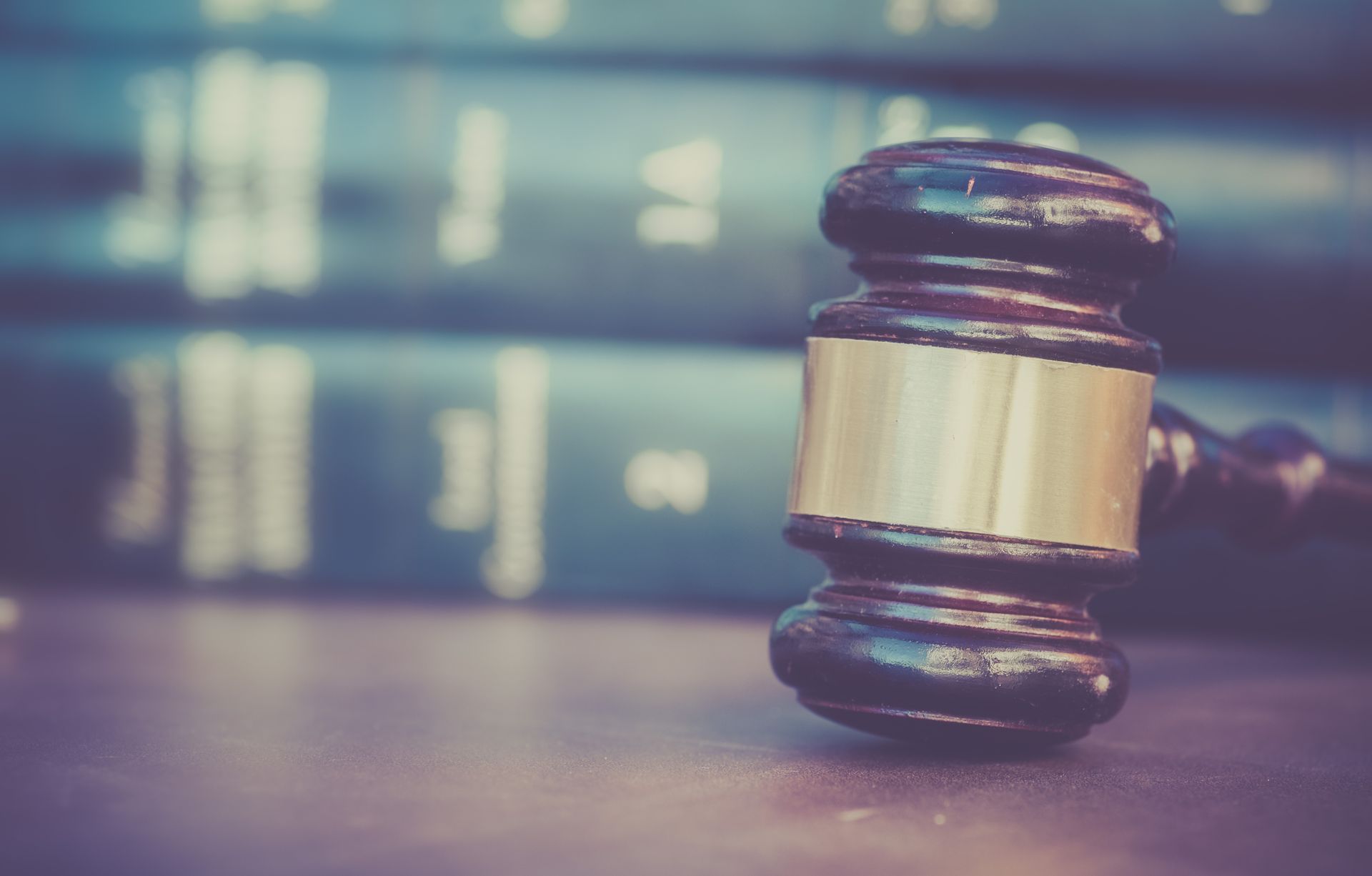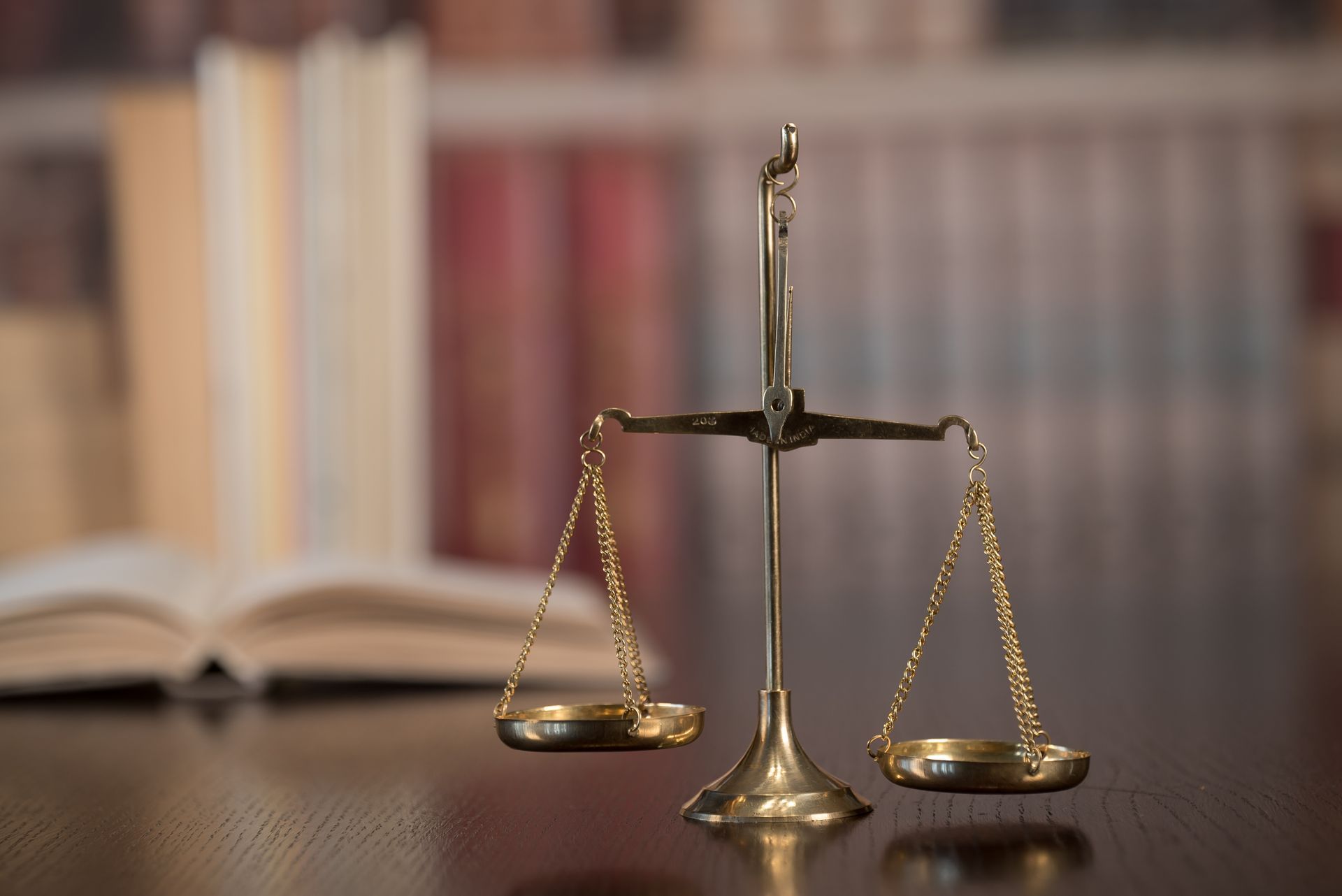Understanding the Divorce Process in California: A Step-by-Step Guide
Understanding the Divorce Process in California: A Step-by-Step Guide
Divorce can be one of life’s most challenging transitions — emotionally, financially, and legally. When a marriage ends, it’s common to feel uncertain about what comes next and how to move forward.
At Law Offices of David C. Beavans, APC, we guide clients across San Diego County, including North County, El Cajon, Chula Vista, and Central San Diego, through every stage of the divorce process. Our team takes the time to understand your circumstances, explain your options, and pursue the best possible outcome — efficiently and respectfully.
📞 Call 619-234-7848 to schedule a consultation with an experienced divorce attorney in San Diego, California.
1. Filing for Divorce (Petition for Dissolution of Marriage)
The divorce process in California begins when one spouse (the “petitioner”) files a Petition for Dissolution of Marriage with the local Superior Court. This legal document notifies the court — and your spouse — that you’re seeking to end the marriage.
California is a no-fault divorce state, which means you don’t need to prove wrongdoing. Most petitions simply state “irreconcilable differences” as the reason for the dissolution.
Once the petition is filed, the other spouse (the “respondent”) has 30 days to file a Response.
2. Serving the Divorce Papers
The petitioner must formally “serve” the divorce papers to the other spouse. Service ensures your spouse receives proper notice of the divorce proceedings.
This can be done by:
- A process server or sheriff
- A professional service company
- Any adult (not involved in the case) delivering the papers
Once service is completed, proof must be filed with the court.
3. Temporary Orders for Support, Custody, or Property
While the divorce is pending, you may need temporary court orders to manage immediate concerns like:
- Child custody and visitation
- Spousal or child support
- Use of marital property
- Restraining or financial protection orders
These orders remain in effect until the final divorce judgment. Attorney David C. Beavans helps clients prepare and present requests for temporary relief that protect their rights and stability during the process.
4. Financial Disclosures and Documentation
Both spouses are legally required to exchange financial disclosures, which include:
- Income and expense declarations
- Asset and debt statements
- Tax returns and pay stubs
This transparency allows both sides — and the court — to make informed decisions about property division, support, and other financial matters. Failing to disclose assets can lead to serious legal consequences later.
5. Negotiation and Settlement
If you and your spouse can agree on major issues — such as child custody, support, and property division — your divorce can proceed as an uncontested case.
Uncontested divorces are often faster, less expensive, and less emotionally taxing. Many clients choose to resolve disputes through negotiation or mediation, where both parties work toward a fair, mutual agreement with the help of their attorneys.
At The Law Offices of David C. Beavans, APC, we encourage resolution where possible but remain fully prepared to litigate when necessary to protect your rights.
6. Litigation (If Necessary)
If you and your spouse cannot reach agreement on one or more issues, your case becomes a contested divorce.
Contested divorces may involve:
- Disputes over child custody or visitation
- Conflicts about property division or alimony
- Complex financial assets or business interests
In these cases, your attorney will present evidence, question witnesses, and advocate on your behalf in court. Attorney David C. Beavans has extensive trial experience and ensures your voice is heard clearly and confidently.
7. The Final Judgment of Dissolution
Once all issues are resolved — either through agreement or court decision — the judge signs a Judgment of Dissolution of Marriage, legally ending the marriage.
California law requires a minimum six-month waiting period from the date the petition is served before a divorce can become final. This waiting period cannot be waived but can run concurrently while other steps are in progress.
8. Post-Divorce Considerations
Even after a divorce is finalized, some issues may need follow-up, including:
- Modifying child custody or support orders
- Enforcing unpaid support obligations
- Dividing retirement accounts
- Updating estate planning documents
Our firm remains committed to helping clients navigate these matters with ongoing legal support and care.
Working with an Experienced San Diego Divorce Attorney
Every divorce is unique — and every client deserves personalized attention. Whether your case is straightforward or complex, The Law Offices of David C. Beavans, APC provides clear guidance, strategic representation, and compassionate support from start to finish.
We strive to help you achieve stability, peace of mind, and a positive path forward.








